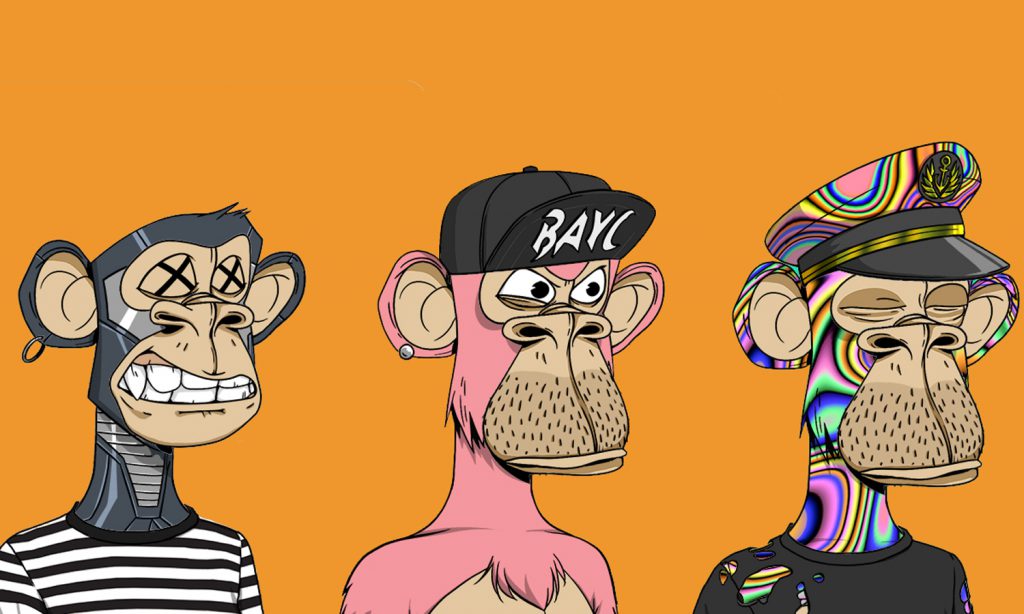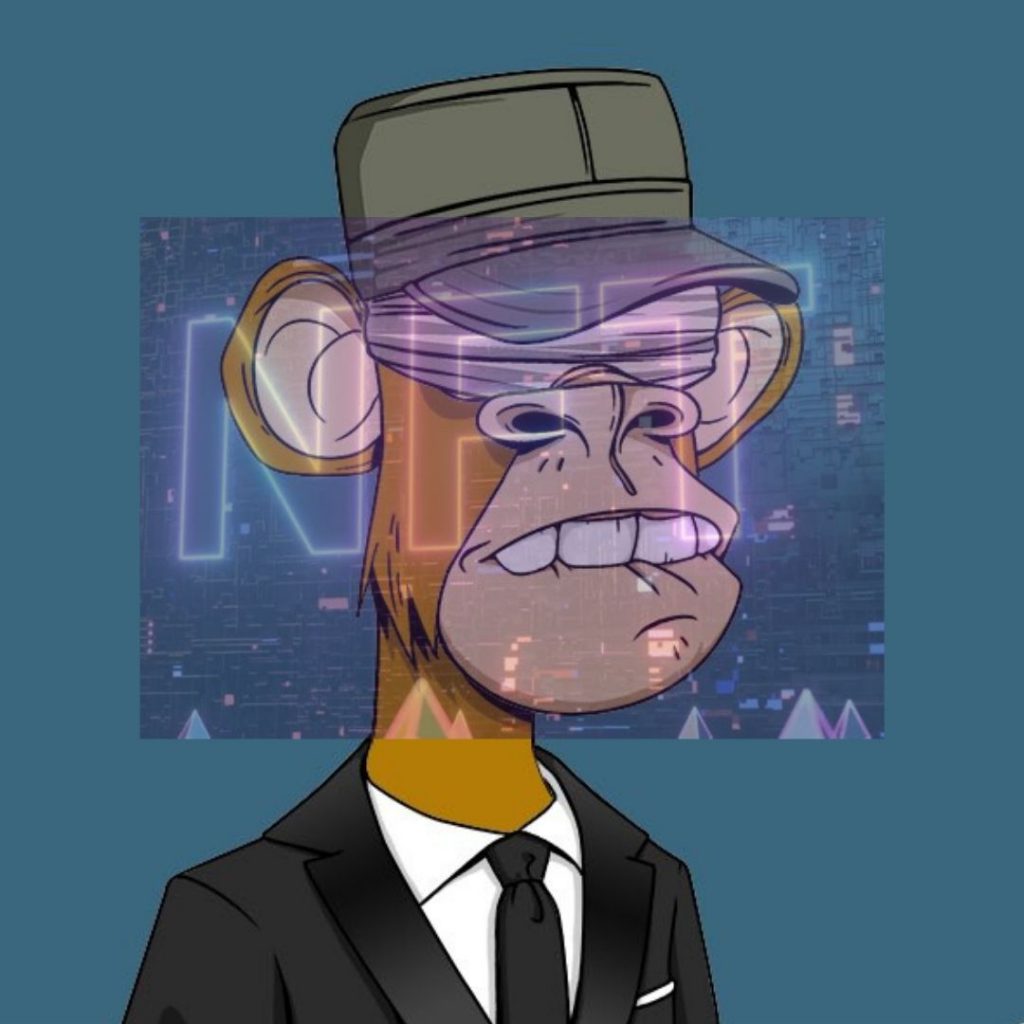The Genesis of Non-Fungible Tokens (NFTs): Who Invented NFTs?
Non-fungible tokens (NFTs) have garnered significant attention in the digital landscape, transforming the way we perceive and interact with real and digital assets.
The ability to create NFTs has unlocked a wealth of opportunities for artists, gamers, and collectors, among others.
This article delves into the origins of NFTs, deciphering how they came into existence and how they have evolved over time.
Also read: Gucci and a 256-Year-Old Auction House Partners for the NFT Collection


The Concept of NFTs
NFTs, or non-fungible tokens, represent a unique category of digital assets.
Unlike cryptocurrencies like Bitcoin or Ethereum, which are fungible and identical to one another, each NFT is distinct and cannot be substituted with another.
This uniqueness of NFTs has given rise to various applications, particularly in digital art, gaming, and collectibles.
The Inception of Blockchain
To understand the inception of NFTs, it’s essential to trace back to the birth of blockchain technology.
In 2008, an individual or group known as Satoshi Nakamoto introduced Bitcoin, the world’s first decentralized digital currency.
Bitcoin was built on blockchain technology, a distributed ledger that ensures transparency, security, and immutability.


Who Invented NFTs?
Who Invented NFTs? The first-known NFT, known as “Quantum,” was created in 2014 by Kevin McCoy.
This NFT was a unique digital artwork registered on the Namecoin blockchain, thereby pioneering the concept of tokenizing digital art.
However, the global recognition of NFTs did not occur until 2017, primarily due to the advent of Ethereum, a blockchain that eliminated many of the barriers to creating and trading NFTs.
Ethereum’s smart contracts provided a robust framework for asset creation, coding, and trading, thereby significantly reducing the entry barriers for NFT projects.
Also read: Solana NFT Sales Rise 270%: Bitcoin Loses 2nd Rank
The Making of NFT Collections


In 2017, various distinct NFT collections emerged on the Ethereum blockchain.
One notable example was CryptoKitties, a blockchain-based virtual game that allowed players to purchase, collect, breed, and sell virtual cats.
Each virtual cat was an NFT with its own unique attributes and features.
The Impact of Global Events
The global pandemic of COVID-19 played a significant role in driving up prices and boosting general interest in NFTs.
With more people spending time online, there was increased interaction with NFT communities on various platforms.
Additionally, the sale of high-value NFT artwork significantly piqued interest in NFTs.
Notably, a digital artist known as Beeple sold an NFT at auction for $69 million, marking a significant milestone in the history of non-fungible tokens.
The Role of Ethereum and the ERC-721 Standard
Ethereum and the ERC-721 standard played an instrumental role in developing and adopting NFTs.
Additionally, the ERC-721 standard, proposed by a group of programmers, standardized the creation, ownership, and trading of non-fungible tokens on the Ethereum network.
This standard enabled developers to construct digital assets, from digital art to virtual land.
The Emergence of Digital Assets


Before 2021, two prominent factors significantly drove up prices and boosted general interest in NFTs.
Furthermore, the COVID-19 pandemic encouraged more individuals to interact with communities of NFT users on Twitter and other channels where NFTs had achieved a dominant position.
Moreover, the sale of highly valuable NFT artworks was another significant driving force.
The Involvement of Major Corporations
A significant development in the history of NFTs was the involvement of well-known brands.
Additionally, several reputed companies sought to initiate NFT projects to align with emerging Web3 technologies and trends.
For instance, Taco Bell and Coca-Cola are notable examples of large corporations that have leveraged NFTs.
The Current State of NFTs
Despite experiencing a boom in 2021, the NFT market faced a significant downturn in 2022, with sales declining by over 90% compared to the previous year.
However, NFTs continue to hold potential in various sectors, including art, gaming, and real estate.
Conclusion: Who Invented NFTs?
In conclusion, the history of NFTs is a testament to the transformative potential of blockchain technology. From the creation of the first NFT to the development of various NFT collections and the involvement of major corporations, the journey of NFTs highlights the continuous evolution of digital assets.
As we continue to navigate the digital era, the significance and applications of NFTs will likely expand, paving the way for unprecedented opportunities in the virtual world.





